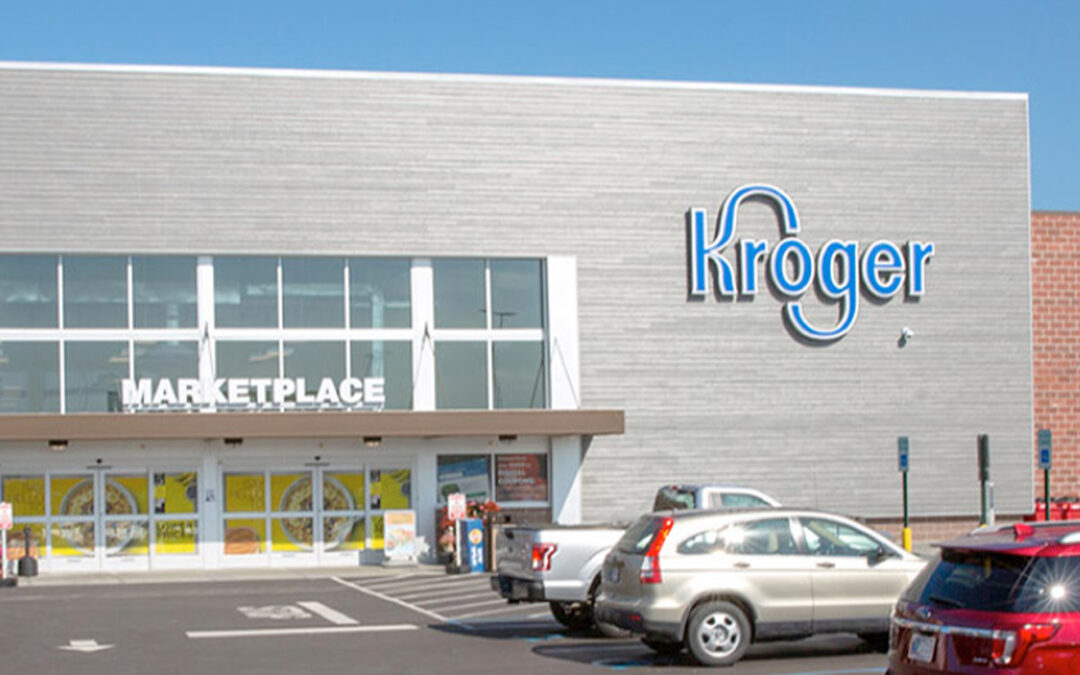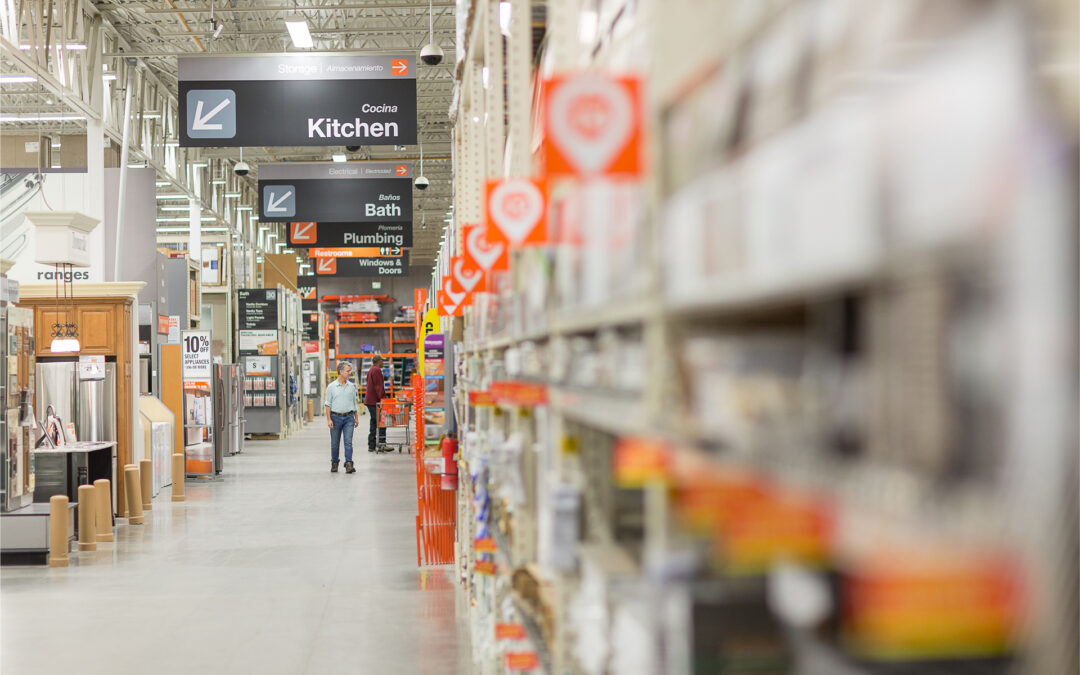According to a survey from business services firm Deloitte, many K-12 parents plan to postpone nonessential purchases while replenishing classroom necessities as they face high prices for back-to-school supplies.
The findings from Deloitte’s Back-To-School Survey for 2022 include:
- Spending on K-12 students returning to the classroom will decrease by 10% to $597 per student.
- The overall back-to-school market will decrease to $31.2 billion, with spending on clothing down 14% year-over-year, and technology purchasing down 13% in favor of school supplies, up 20% year-over-year.
- Shoppers will prioritize retailers with competitive pricing, favoring mass merchants, at 80%, online retailers, at 60%, and off-price retailers and dollar stores, both at 33%.
- Families plan to use cash, at 77% and up from 72% in 2022, before credit cards, at 52%, for back-to-school purchases.
- Despite financial concerns, almost six in 10 parents shopping for clothing/accessories and technology items expressed a willingness to splurge on better quality products or to treat their child.
- Just 26% of parents think generative artificial intelligence is a positive tool for schoolwork.
Inflation-driven prices are weighing on many K-12 families as they prepare for the upcoming school year. School supply costs have increased 23.7% over the past two years according to the United States Bureau of Labor Statistics’ Consumer Price Index, Deloitte noted.
This year 31% of parents surveyed said their households are in a worse financial situation as compared to last year, and 51% expect the economy to weaken in the next six months. Consumers across income groups intend to prioritize their spending and find ways to economize throughout the season, Deloitte maintained.
“With budgets strained this season, continued high prices could dampen the excitement of the back-to-school season for many families,” Nick Handrinos, vice chair, Deloitte LLP, and U.S. retail, wholesale and distribution and consumer products leader. “Consumers will likely prioritize where they spend money as they look to replenish their savings accounts and spend on experiences, such as summer vacations, over goods. Parents are likely to be strategic about their spending to help ensure children are set up for success at the start of the school year by renewing school supplies but perhaps holding off on new clothing until needed. It’s not all bad news for retailers with many parents willing to splurge on certain items to treat their children, which may provide an opportunity for retailers.”





